The story of commercial canning in Wisconsin turns out to be the story of the pea. The canning of beets, corn, cucumbers and other crops has been an important part of Wisconsin industry since the late 1800s. However, it was a native Pennsylvanian and his peas that started it all. The first commercial canning operation… Read More…
Pass the Peas, Please: Wisconsin’s Canning History
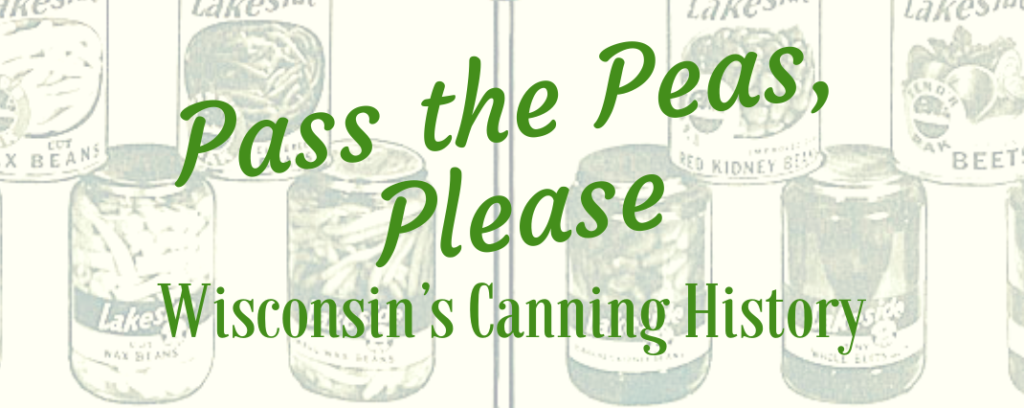

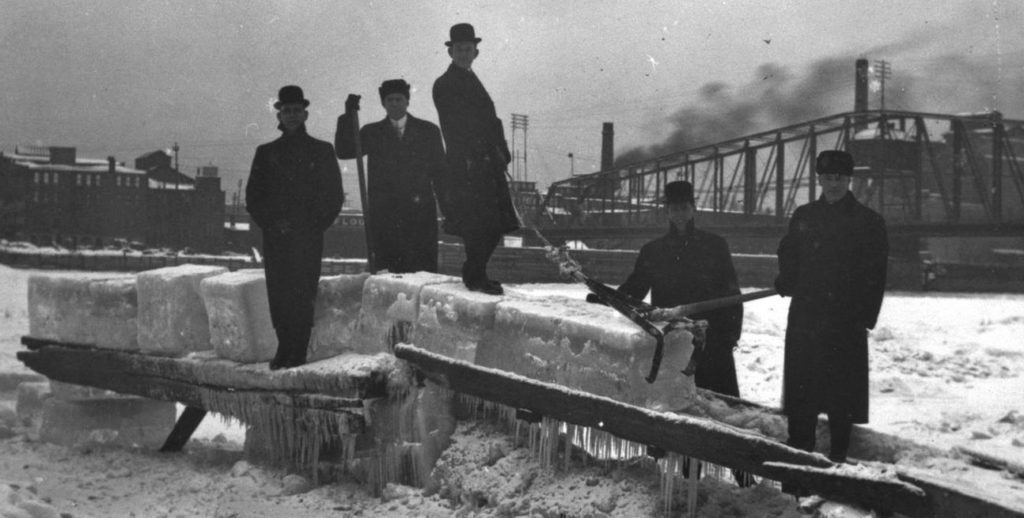
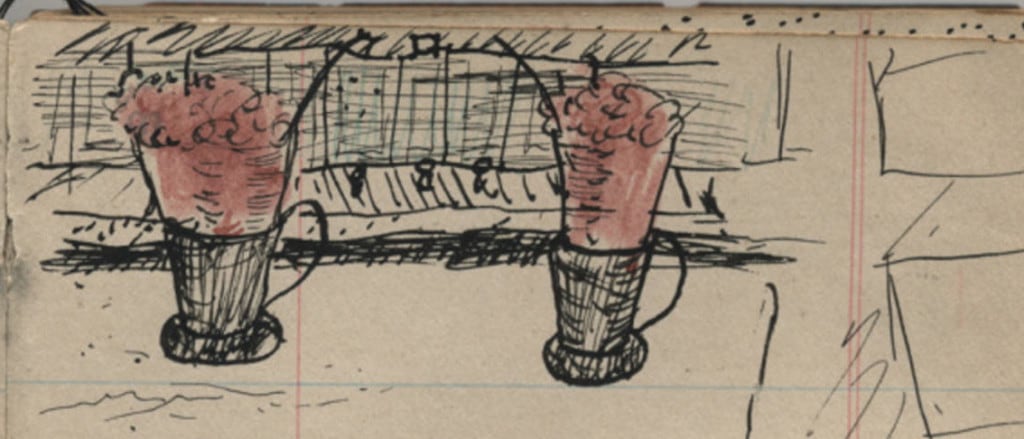

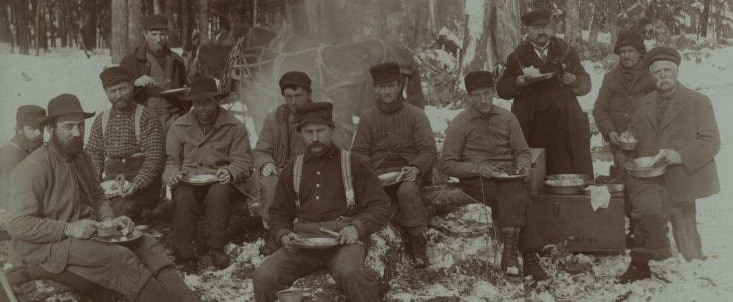


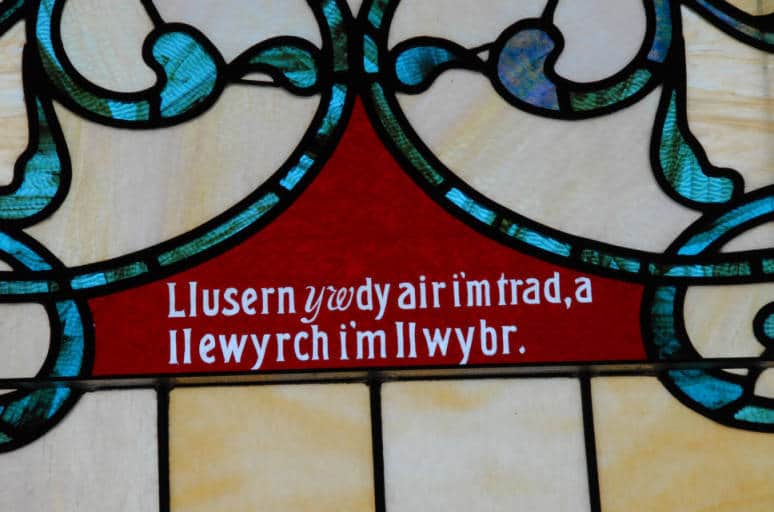


You must be logged in to post a comment.